The officer came over to the respondent, and put his foot on his neck for two minutes. The officer moved his foot, putting more pressure on his neck
| 23.10.2021 | Tychero/Adasarhanli | josoor | 41.027698, 26.2935333 | Greece | Turkey | yes | no | yes | yes | no | no | 4 - 40 | 30 | Afghanistan, Syria | detention, denial of food/water, personal belongings taken, forced to undress | 29 | beating (with batons/hands/other), kicking, pushing people to the ground, insulting, forcing to undress, theft of personal belongings, reckless driving | dark coloured van with GPS signalling equipment; 2x pickup trucks, with back covered; 1x range rover style vehicle; 5x officers in dark blue uniforms; 10x officers in dark blue greek police uniforms; 1x large green truck with 4x boats inside; 4x syrian officers who work for the Greek police; 1x officer in dark blue uniform; 1x detective in civilian clothes, brown jacket; 1x officer in glasses in civilian clothes; 1x large green truck; 1x grey boat with blue sides; 7x turkish jandarma in camouflage uniforms |
The respondent, a 22-year-old Syrian, explains his ordeal of being pushed back from Greece to Turkey. This is his second pushback he has experienced.
The respondent crossed on 22nd October, at Küplü in Meriç/Edirne, at 6.30 pm. He was accompanied by a 21-year-old Syrian man on his journey. They walked through Greece until 5 am in the morning on 23rd October - a total of 25km in distance. They crossed through Lagyna, Evros, on their journey.
The respondent explained that he was caught at this location (pictured below in Image 1), close to/between Thymaria and Vrisoula.
[caption id="attachment_19104" align="alignnone" width="492"]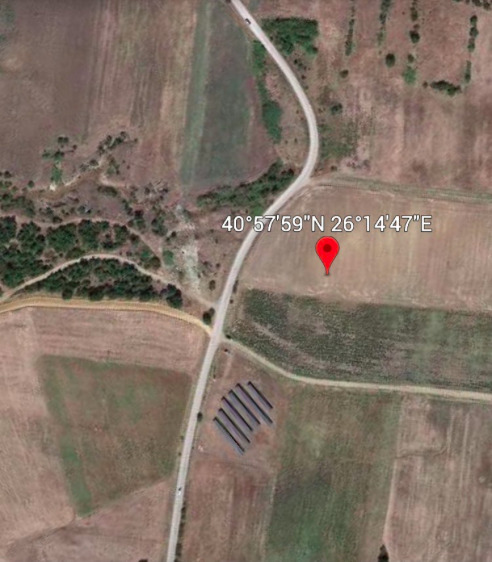 Image 1: Screenshot of the location where the respondent and his colleague were apprehended at 5am[/caption]
Image 1: Screenshot of the location where the respondent and his colleague were apprehended at 5am[/caption]
At this location, when he arrived he spotted four vehicles. He described one of the vehicles “tracks GPS signal. It was a van”. He was unsure of the colour but he knew it was dark. See below for image (Image 3) that the respondent said it could be. Neither of these images was exactly the same, but it is something that this van could have looked like. But, there were no markings or any kind, nor are they Frontex vehicles or was Frontex identified during the pushback, it was dark in colour, but it was the same style of van.
[caption id="attachment_19106" align="alignnone" width="509"]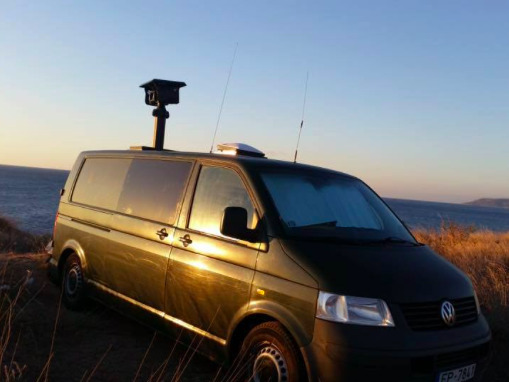 Image 3: also what the GPS vehicle could have looked like[/caption]
Image 3: also what the GPS vehicle could have looked like[/caption]
Two of these vehicles looked like pickup trucks, which had double doors. The respondent identified the two vehicles to look like below (Image 4)
[caption id="attachment_19107" align="alignnone" width="600"]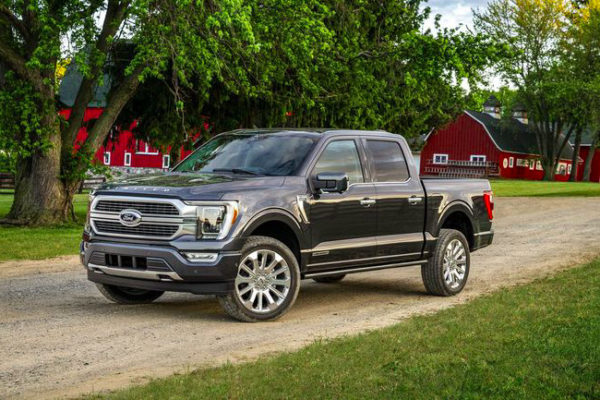 Image 4: Pick up truck[/caption]
Image 4: Pick up truck[/caption]
The last of the four vehicles looked like a range rover, as pictured below in Image 5
[caption id="attachment_19108" align="alignnone" width="301"]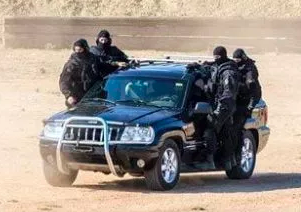 Image 5: Range rover style vehicle, similar to this as identified by the respondent[/caption]
Image 5: Range rover style vehicle, similar to this as identified by the respondent[/caption]
The vehicle (something similar to Image 2 or Image 3) that tracked GPS has equipment on it that the respondent recognised. He had seen something very similar before in Syria, which is why he was so adamant that he knew how the vehicles came to their exact location.
Five officers came out of the range rover vehicle, but there were others in the other vehicles but the respondent was not able to see how many. All of these officers were wearing dark blue police uniforms. See Image 6 and Image 7 for the uniforms identified by the respondent.
[caption id="attachment_19109" align="alignnone" width="600"]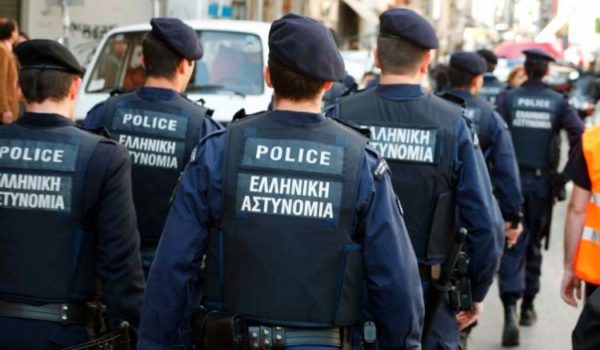 Image 6: Greek police uniforms[/caption]
Image 6: Greek police uniforms[/caption]
The respondent also identified the insignia on the officers uniform to be the similar as Image 7, and same as Image 8 (pictured below).
[caption id="attachment_19110" align="alignnone" width="363"]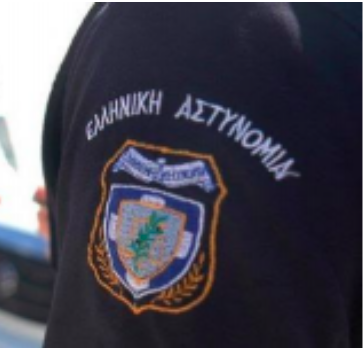 Image 7: similar Greek police insignia that appeared on the arms of the officers[/caption]
Image 7: similar Greek police insignia that appeared on the arms of the officers[/caption]
[caption id="attachment_19111" align="alignnone" width="301"]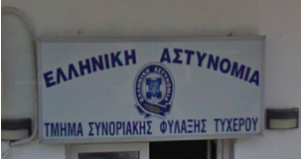 Image 8: the same Greek insignia that appeared on the uniform[/caption]
Image 8: the same Greek insignia that appeared on the uniform[/caption]
When the officers and vehicles appeared, the respondent was lying down on the ground. One of the officers came over to him, exactly where he was, and put his foot on his neck for two minutes. The officer was moving his foot on him, putting more pressure on his neck. Another officer stood on his back bone with his foot, this officer did not say anything.
The officer with his foot on the respondent's neck said “You are two people, where is your friend?”. The officer was speaking English to him, as he knew some English, but his friend did not. The respondent just pointed to a place about 5 metres away from him to the bush/grass, where his friend was hiding. When his friend saw him hurt, he got up and came to the respondent.
The officers took their phones, bags, but did not take their money. They also took the skates he was carrying with him. The respondent explained that he had brought these skates with him so that when they got on a proper road to get to Alexandroupolis (which is the destination they were aiming for). His friend has brought a standing scooter across the border with him too, to then scoot down to Alexandroupolis as well.
First, the officers beat the respondent, and kicked him with their feet, particularly on their back. This lasted for a couple of minutes. Then, they were both cuffed in metal handcuffs - cuffed together, the respondent and his friend. Then, they were both loaded into the vehicle that was described as a pick-up truck (Image 4). This vehicle was covered on the back, and both men were pushed into the back, underneath the cover. “It was small,” remarked the respondent.
Then, they were driven for approximately 10 minutes. The respondent explained the driving was normal. They arrived at, what was identified as, Tychero Detention Centre (pictured from above, Image 9)
[caption id="attachment_19112" align="alignnone" width="372"] Image 9: Screenshot of an Aerial shot of Tychero Detention Centre[/caption]
Image 9: Screenshot of an Aerial shot of Tychero Detention Centre[/caption]
Because they were laying in the back of the pickup truck, they were dragged out by the same officers. “Here we will search you” remarked the officers. Once they were dragged out, the respondent explained that they saw the door of the detention centre. He said he saw many officers - at least 10 - who were wearing the same uniform as the officers before. The officers took them next to the detention centre, rather than inside immediately, next to train tracks. There was a large green vehicle that had four boats inside it next to the train tracks also (see Image 10).
[caption id="attachment_19113" align="alignnone" width="473"]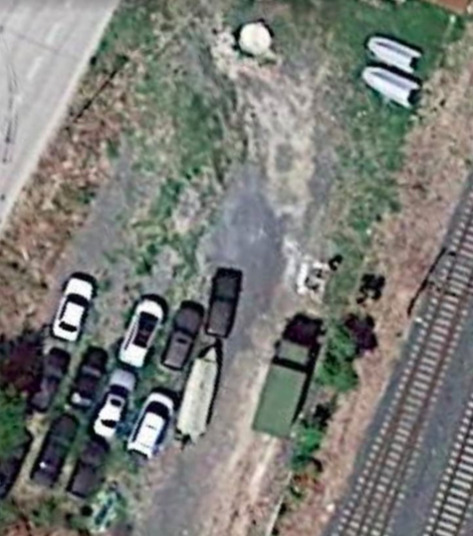 Image 10: the actual green truck, in the exact location as identified by the respondent.[/caption]
Image 10: the actual green truck, in the exact location as identified by the respondent.[/caption]
There were also two boats outside, picked as well in Image 8, which is where they were searched. While they were being searched, the officers were speaking to them in English, asking “what are your names?”. The officers took the names and ages of the respondent and his friend, and then wrote the numbers “1” and “2” respectively on the two young men. In total this took about 10 minutes.
The one officer who was searching noticed that the respondent had a small pocket in his underwear and tried to make a hole to extract it. The respondent said to the officer “do you want me to help you get the money?”. The officer turned to him and slapped him in response.
The officers took the two boys inside the detention centre. They were taken into a small room. There were two rooms - one room was for investigation, and then there was another room which was for the Syrian guys who were working for the police (as explained by the respondent). The respondent knew they were Syrian, as they spoke to them. There were a total of four Syrian’s. When the respondent spoke to the Syrians, they insulted him. The respondent knocked on their door saying that he wanted to tell his story to someone. One of the Syrian guy responded “go away” and followed it with bad words.
They were then taken into another room, which was like a cell, approximately 3 x 6m in size. They were taken here straight away after they walked past the Syrian workers. Here is where they were beaten. The two men were given two wipes to clean the cell and the toilet in the cell. It was very dirty and the cell was “horrible” remarked the respondent. One of the officers said “hurry up hurry up” and kicked him, and started to beat him. The respondent said “why are you beating me”, and the officer said “you need to hurry up. Next time if you don’t hurry up, I will show you”.
Inside this cell, there were metal bunk beds, approximately 4 bunk beds (8 beds), with no mattresses. It was just the respondent and his friend who were in this cell and it was around 6 am when they were put there. They tried to lie down, but it was very cold. The respondent knocked at the door but no one came.
After about two hours, some officers came and said “both of you come here”, and took them to another cell. In the other cell there was a mattress and some stuff like boats which were emptied of air and deflated. There were also some boat engines in this cell. It was 3x3 metres in size. There was a toilet inside, but no windows. There was just a small hole, not a window, that they could see out of but it did not look outside, it looked into what looked like a hallway inside the detention centre.
At one point during the two hours they were detained in this new cell, the Syrian guys who worked for the officers came in to ask if they wanted anything. “One packet of cigarettes is 10 euros. You have to pay if you want anything”, explained the respondent, “it was our food they were selling back to us”.
After two hours a new Officer came in, wearing the same uniform as before, carrying their backpacks. He started to search the bags in front of them. The officer took out the scates and laughed at them. “What were you thinking of doing with these?”. The officer wanted to tell the detective about it, or so the respondent thought because after he finished he went out and to the detective. He saw the same officer who searched the bags standing with the detective, and then he came back after about 5 minutes. The officer said “who speaks English”, and the respondent remarked “I do”. And then this officer told him to come with him, and took him to the investigation room.
Here, he met the detective. He was wearing normal clothes, with a brown jacket and drank coffee. The detective asked “do you smoke” to the respondent, to which he replied “No”. The detective said “have a seat and relax”. The detective asked the respondent to tell him about himself. The respondent explained his first try to Greece, and what happened to him and his brother and how they were badly beaten. The detective asked the respondent about all the details of how he crossed, where did he get the boat to cross, what kind of stuff he had brought with him, how much his skates were, if they were new. “He was nice” remarked the respondent. They spoke for one hour.
After this, another man came in. This was an officer with glasses and he was wearing civilian clothes. This officer had brought the respondents phone in and checked his phone. The officer held up his phone and said “who is in this picture and who is sending the location?”. The respondent explained that his dad was helping him so he did not get lost. This officer was speaking in an aggressive way towards the respondent. The detective was nice, and told the officer to calm down. The respondent explained to the detective “I am not here to do any harm. I just want to join my brother in Europe, who is in Austria. Please help me, I don’t want to go back to Turkey. I do not have any documents”. The detective explained that he could not help him, and that he was just a detective. “It is up to the police. I do not know what they will do” he continued.
The officer that searched his bag asked the respondent “do you want anything?”. The respondent said “I don’t want to be pushed back. I want to stay”. The officer laughed in response and brought some biscuits from his bag and gave it to him.
After 15 minutes, a new officer came to the investigation room. This officer was wearing a balaclava and dark blue clothes (same as before). This officer took the respondent out of the room, and in the same building ordered him to take off his clothes. “Take off your underwear” the officer remarked. The respondent explained he did not want to, but the officer forced him too and then searched him.
This officer then collected the respondent's Syrian friend and took him and the respondent to the first cell where they were. Here, they found some Syrians and Afghans, approximately 30 people in total, including one Afghan woman with her 4/5 year old daughter. The age range of the group was about 17-40 years old, along with the 4-year-old girl. He did not have a watch, so was unsure of the time, but thought they were held there until 9pm.
At about 9 pm they were all taken outside of the detention centre. “They were hitting us with their hands”. There were two new officers, wearing blue uniforms, along with 2 officers from the previously identified officers. Then, there were the 4 Syrians wearing balaclavas. In total 4 Syrian and 4 Greek officers.
They were loaded into a large green truck, as identified below as exactly the same as Image 11.
[caption id="attachment_19114" align="alignnone" width="600"]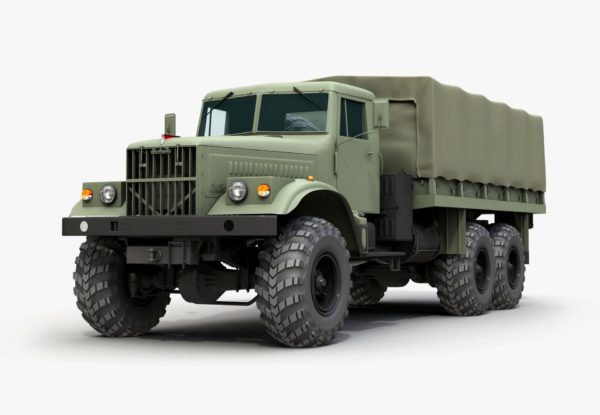 Image 11: Green truck identified by the respondent - a KrAZ-255B[/caption]
Image 11: Green truck identified by the respondent - a KrAZ-255B[/caption]
The one woman in the group of 30 was spared from the violence and was not hit. The officers even said to each other “no one touches the woman”. They were all loaded into the vehicle (Image 9) and driven for a short time, maybe 5-10 minutes. The pushback point on the Greek side was very close to Tychero.
When they arrived, they were very close to the river's edge, maybe about 15 metres. Next to the river also stood a room with the Greek flag on it. The Syrians who worked for the Greek officers were in this small room. These Syrian’s came in their own vehicle, a white van.
It was very quiet because the officers did not want anyone, particularly the Turkish authorities on the other side, to hear them. “If anyone says anything, we will hit them” remarked the officers.
The officers brought the boat from the white van to the river. His boat was grey, with blue sides (pictured in Image 12). It could have fit maybe about 9 people in it. The respondent seemed to think the officers tied a rope to the Turkish side in order to put the boat across, but he was not sure as he did not see it being tied.
The officers started putting the group of 30 into 7 per boat. Two of the Syrians were in the boat and they took people across the river to the Turkish side. The respondent was in the second the last boat that crossed the river.
[caption id="attachment_19115" align="alignnone" width="429"]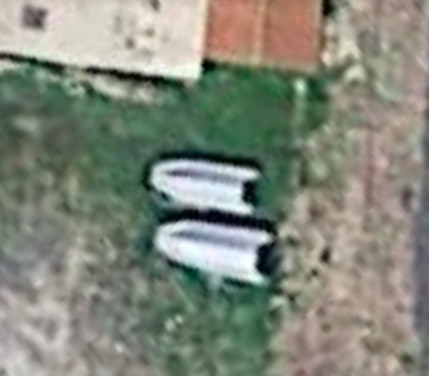 Image 12: boats similar to those used to take people across the Evros/Meriç river[/caption]
Image 12: boats similar to those used to take people across the Evros/Meriç river[/caption]
When they arrived at the Turkish side, it was close to Adasarhanli. They walked 3km and they ran into the Turkish Jandarma (police). There were 7 officers in camouflage clothing, with a military car. These officers gave members of the 30 person group some food and directed them towards where they could find cars.
30 people found a taxi, and shared the price. It was 300 TL each. The taxi allowed some of them to borrow a phone to call someone and took some of them to find a minibus, and then went back to get the rest to put them in the minibus until they were all in the minibus. The bus was set to go to Istanbul.
At no point did the respondent verbally articulate that he wanted asylum.
